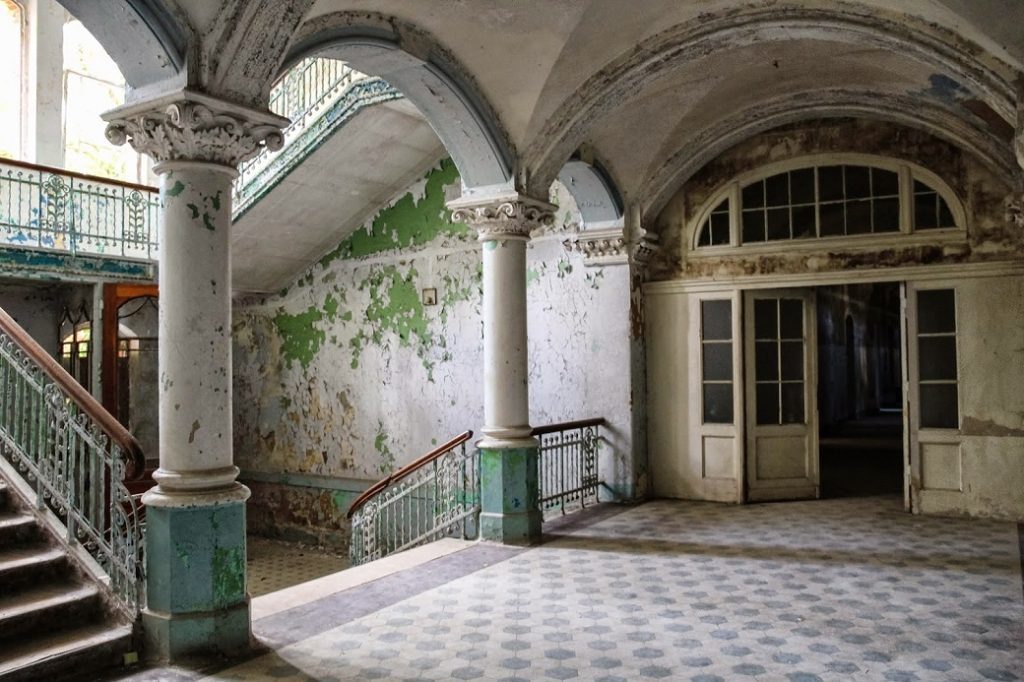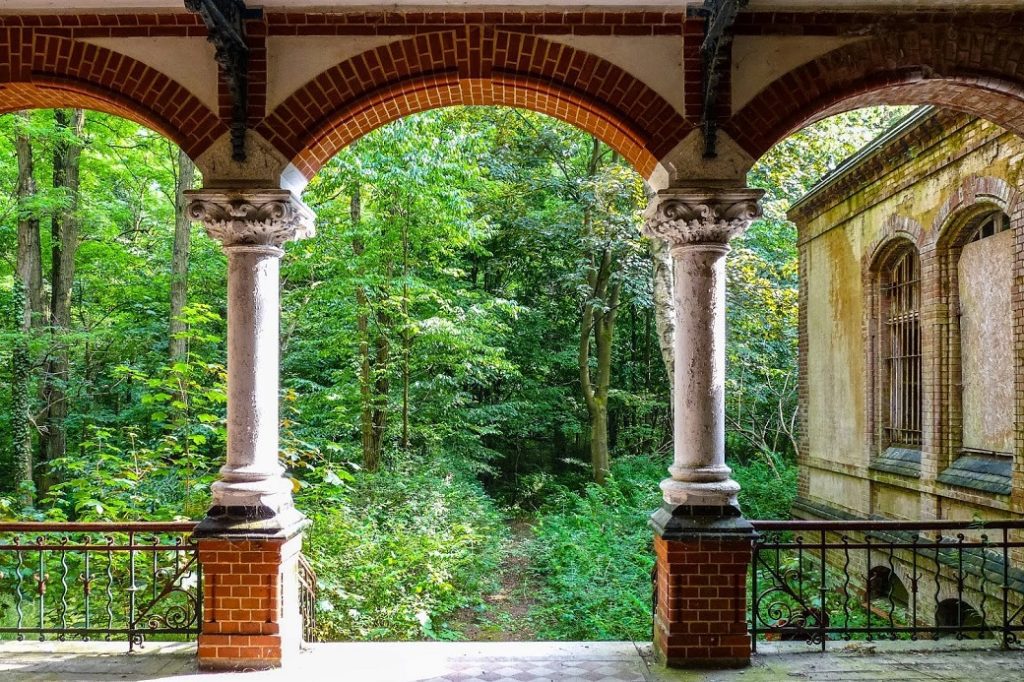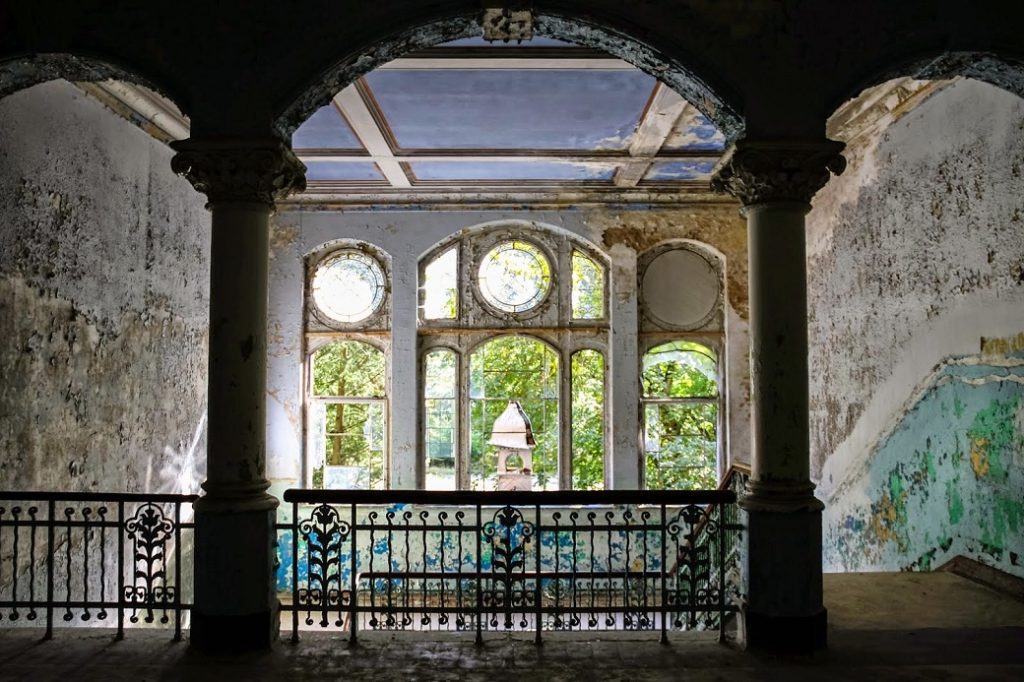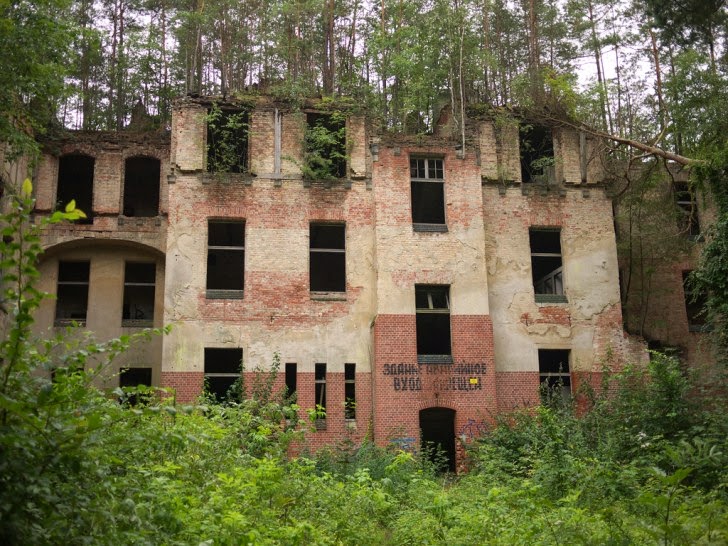Hitler’s medical facility: the closed Beelitz Sanatorium
Discover the captivating journey of Beelitz-Heilstätten Hospital, formerly known as the Beelitz Sanatorium, established in 1898 by the Berlin Workers Health Insurance Corporation. This article delves into its historical significance, wartime transformation, and current state as a combination of active and abandoned buildings. From treating tuberculosis patients to being dubbed “Hitler’s hospital,” Beelitz-Heilstätten has a rich history encompassing medical care, military usage, and even its filming location. Let’s explore this iconic site and the remarkable stories it holds.
Beelitz-Heilstätten Hospital, constructed in 1898, provided solace to individuals afflicted with tuberculosis. Situated outside the bustling city of Berlin, its location offered patients a serene environment and fresh air conducive to their recovery. The facility expanded over time and boasted its own power station, ensuring warmth for the patients during winter.
#1

Judith/flickr.com/kuriositas.com
#2

Paul/flickr.com/kuriositas.com
#3

Paul/flickr.com/kuriositas.com
#4

Fabian/flickr.com/kuriositas.com
#5

Paul/flickr.com/kuriositas.com
#6

James C Farmer/flickr.com/kuriositas.com
#7

#8

#9

#10

When World War I erupted in 1914, Beelitz-Heilstätten was transformed to cater to the immense number of casualties from the front lines. In the latter part of 1916, a young soldier named Adolf Hitler was sent to the hospital to recuperate from a thigh injury incurred during the Battle of the Somme. This connection led many to refer to Beelitz-Heilstätten as ‘Hitler’s hospital.’
Following its role in World War I, Beelitz-Heilstätten once again became a sanatorium until World War II erupted, causing it to be repurposed as a military hospital. Tragically, many of the hospital’s buildings fell victim to devastating damage due to Allied bombings.
After the war, Beelitz-Heilstätten found itself in East Germany under the Soviet administration. The Soviets utilized the facility as a treatment center for their stationed soldiers in the region. Additionally, it served as a healthcare hub for numerous East German government officials, including Erich Honecker.
In the early 1990s, as the Soviet presence dwindled, Beelitz-Heilstätten was left abandoned. Only a small fraction of its original 60 buildings remain in use, serving as a neurological research rehabilitation center and a care and research facility for individuals with Parkinson’s disease. Most of the complex stands desolate, encapsulating a haunting aura of the past.
#11

#12

#13

#14

#15

#16

#17

#18

#19

#20

Despite its abandonment, Beelitz-Heilstätten found a new purpose in the film. The location became a captivating backdrop for various cinematic productions. Notably, it served as a film set for the 2002 movie “The Pianist,” the 2008 film “Valkyrie,” and even featured in Rammstein’s music video for “Mein Herz Brennt.” It’s unique atmosphere and architectural grandeur make it an enticing choice for filmmakers seeking an evocative setting.
#21

Paul/flickr.com/kuriositas.com
#22

Paul/flickr.com/kuriositas.com
#23

Paul/flickr.com/kuriositas.com
#24

Paul/flickr.com/kuriositas.com
#25

Paul/flickr.com/kuriositas.com
#26

Sebastian Niedlich/kuriositas.com
#27

vossi/flickr.com/kuriositas.com
#28

Sebastian Niedlich/flickr.com/kuriositas.com
#29

Jan Bommes/flickr.com/kuriositas.com
#30

Sebastian Niedlich/flickr.com/kuriositas.com
#31

#32

Judith/flickr.com/kuriositas.com
#33

Matt Biddulph/flickr.com/kuriositas.com
#34

Paul/flickr.com/kuriositas.com
Beelitz-Heilstätten Hospital, once an asylum for tuberculosis patients and a symbol of medical care, has witnessed dramatic transformations throughout its existence. This site holds historical significance, from its significant role during World War I to its connection to Adolf Hitler. Today, as a mix of functioning and abandoned structures, it serves as a testament to the past and provides a captivating glimpse into history. Its allure has extended to the silver screen, making it a sought-after filming location. Explore the compelling legacy of Beelitz-Heilstätten and immerse yourself in its rich tapestry of stories and memories.
NOTE: We do not own any of the images here and all images are copyrighted to their original owners. Please contact us if you wish to remove anything








